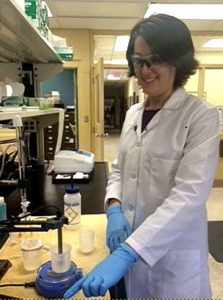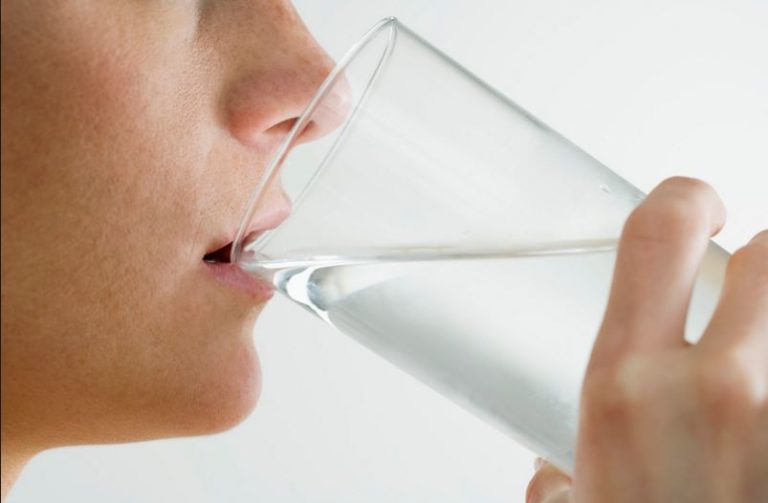It takes more than a pristine water source to deliver safe drinking water to Asheville customers.
“City of Asheville water comes from pristine and protected sources: particularly the Bee Tree and North Fork Reservoirs, situated in a 22,000-acre watershed,” said Jade Dundas, Water Resources Director. “But pure water is not enough. You need to ensure that treatment is adequate, so that as the water goes through the system that high water quality is maintained.”
With the Flint, Mich., water quality and lead contamination story making national headlines, the City of Asheville’s Water Resources Department wants to assure the public that Asheville’s water is not only safe and clean, it’s verifiably so. A 2014 audit of Asheville’s water quality states that:
“Out of more than 150 possible substances tested only 9 were detected — making our drinking water one of the best sources of water in the country.”
And the nine substances detected were found to be “within very safe limits.”
Importance of ‘buffering’ and testing
One key to assuring safe drinking water — water that does not leach lead or copper from older household plumbing systems — is the addition of buffer elements to the water. These include phosphate, caustic and sodium bicarbonate. Addition of these chemicals keeps the water passing through plumbing without picking up hitchhiking metals. Water plant lab technicians test for “buffering values” three times a day and other parameters every two hours.
“These chemicals are relatively expensive but necessary and prudent,” according to Ronnie Presley, Bee Tree Water Treatment Plant Supervisor.
The lead leaching from pipes usually is sourced from a time when it was used for soldering.
In the case of Flint, Mich., reports indicate several safety steps were missed along the way as the municipality switched from one water source to another. There were errors in quality testing and in the omission of adding chemicals known to prevent metals from leaching from pipes.
But adding buffers is not enough. There has to be testing and household sampling to assure that the treatment is working.
Water is tested at all three of Asheville water treatment plants three times daily. The Environmental Protection Agency (EPA) requires sampling from customers on a regular basis. Usually these are homes, though sometimes businesses are included. City staff coordinate with property owners to collect water samples; the samples are then analyzed by private nongovernmental laboratories.
From a database of Buncombe County homes, residences from 1983-1985 were picked for sampling because lead solder was banned from plumbing codes in 1986. So testers are looking at these homes the most to check success of the City’s treatment technique.
“We do some analysis in house, but most of our water analysis is completed by private contract labs,” explained Brenna Cook, Laboratory Supervisor at the North Fork Water Treatment Plant. “Both the contract labs and our lab are required to meet standards which are established and upheld by the EPA and the State. The contract labs are … under the watchful eye of the government.”
Still, as part of the City’s core value of continuous improvement, staff is evaluating our process.
“We know we do it right. We have the samples and the history of samples to back up that the City of Asheville provides good quality and safe water,” said Dundas. “Still, it’s certainly something we continue to evaluate.”
For more details, read the City’s 2014 Water Quality Report. Water Resources Director Jade Dundas is available to take your questions at jdundas@ashevillenc.gov or 828-259-5959.
For more information, visit the City of Asheville’s Water Resources webpage.
Related coverage
Asheville Water Resources Director Jade Dundas interview on WCQS
About lead exposure
Lead exposure has long been known to rob children of cognitive and physiological function. There is no safe level of exposure.

